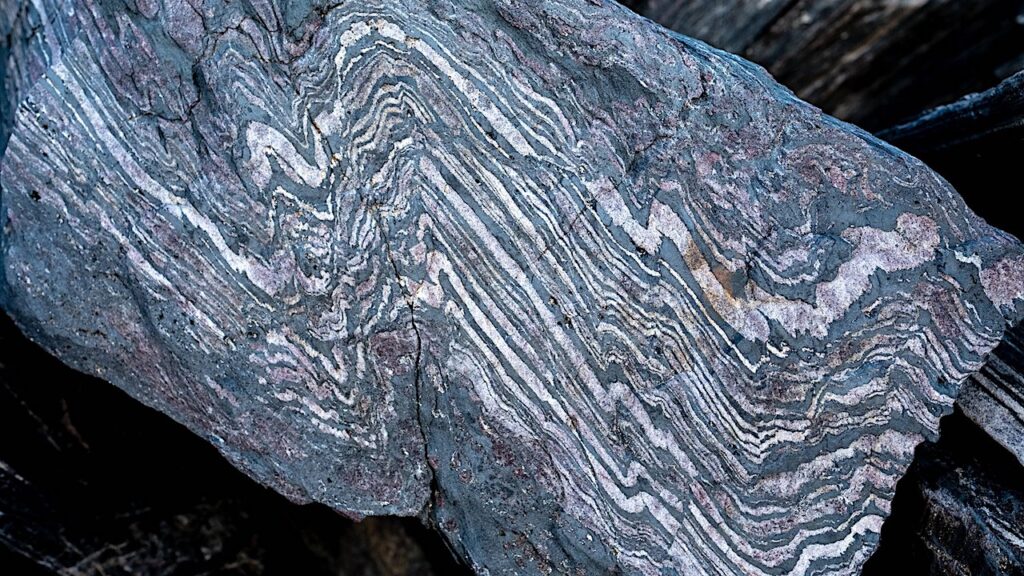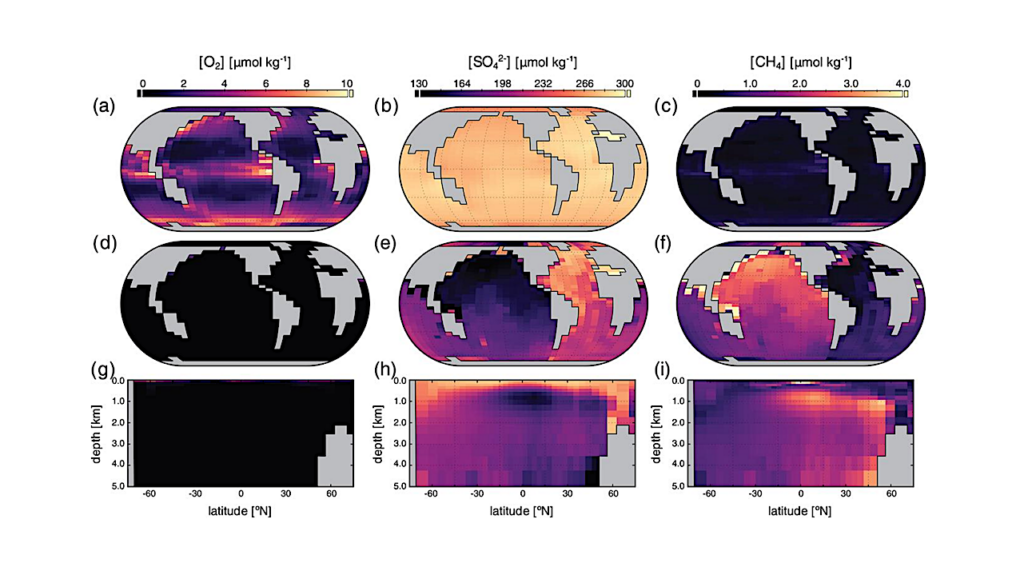The Atmospheres of Rocky Exoplanets: Outgassing of Common Rock and the Stability of Liquid Water

Little is known about the interaction between atmospheres and crusts of exoplanets so far, but future space missions and ground-based instruments are expected to detect molecular features in the spectra of hot rocky exoplanets.
We aim to understand the composition of the gas in an exoplanet atmosphere which is in equilibrium with a planetary crust.
Methods. The molecular composition of the gas above a surface made of a mixture of solid and liquid materials is determined by assuming phase equilibrium for given pressure, temperature and element abundances. We study total element abundances that represent different parts of the Earth’s crust (Continental Crust, Bulk Silicate Earth, Mid Oceanic Ridge Basalt), CI chondrites and abundances measured in polluted white dwarfs.
For temperatures between 600K and 3500K, the near-crust atmospheres of all considered total element abundances are mainly composed of H2O, CO2, SO2 and in some cases of O2 and H2. For temperatures 500K, only N2-rich or CH4-rich atmospheres remain. For 3500K, the atmospheric gas is mainly composed of atoms (O, Na, Mg, Fe), metal oxides (SiO, NaO, MgO, CaO, AlO, FeO) and some metal hydroxides (KOH, NaOH). The inclusion of phyllosilicates as potential condensed species is crucial for lower temperatures, as they can remove water from the gas phase below about 700K and inhibit the presence of liquid water.
Measurements of the atmospheric composition could, in principle, characterise the rock composition of exoplanet crusts. H2O, O2 and CH4 are natural products from the outgassing of different kinds of rocks that had time to equilibrate. These are discussed as biomarkers, but do emerge naturally as result of the thermodynamic interaction between crust and atmosphere. Only the simultaneous detection of all three molecules might be a sufficient biosignature, as it is inconsistent with chemical equilibrium.
Oliver Herbort, Peter Woitke, Christiane Helling, Aubrey Zerkle
(Submitted on 7 Mar 2020)
Comments: 19 pages, 13 figures, accepted to A&A
Subjects: Earth and Planetary Astrophysics (astro-ph.EP)
Cite as: arXiv:2003.03628 [astro-ph.EP] (or arXiv:2003.03628v1 [astro-ph.EP] for this version)
Submission history
From: Oliver Herbort
[v1] Sat, 7 Mar 2020 18:21:10 UTC (7,653 KB)
https://arxiv.org/abs/2003.03628
Astrobiology








